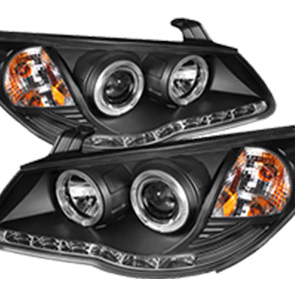hand brake line
Understanding the Handbrake Line Importance and Functionality
In the realm of automotive engineering, the handbrake (or parking brake) is a crucial mechanism that ensures the safety and stability of a vehicle when parked. One of the essential components of this system is the handbrake line, often referred to as the parking brake cable. This component plays a pivotal role in the proper functioning of the handbrake, and understanding its structure, operation, and importance can enhance our awareness of vehicle maintenance and safety.
What is the Handbrake Line?
The handbrake line is a cable that connects the handbrake lever to the brake mechanism. In most vehicles, it is a steel cable housed within a protective casing. The design of this cable enables it to withstand significant tension and mechanical wear. The line runs from the handbrake lever, typically located between the driver’s and passenger’s seats, to the rear wheels of the vehicle, where it engages the brake shoes or pads when the handbrake is applied.
How Does It Work?
When the driver pulls the handbrake lever, the cable is pulled tight, which in turn pulls the brake shoes or pads against the drum or rotor of the rear wheels. This action effectively creates friction, locking the wheels in place and preventing the vehicle from rolling away, especially on inclines. The simplicity of this system is one of its greatest strengths; however, it also means that the cable must be in good condition to ensure proper operation.
Importance of the Handbrake Line
The handbrake line is vital for several reasons
.1. Safety A properly functioning handbrake line is essential for the safe operation of the vehicle when parked. It provides peace of mind for drivers who need to leave their vehicle unattended on a slope or uneven ground, knowing that the handbrake will secure it in place.
2. Emergency Control In situations where the primary braking system fails, the handbrake can serve as an emergency brake, allowing the driver to bring the vehicle to a stop safely. The integrity of the handbrake line is crucial in these scenarios, and any wear or damage could jeopardize the driver’s ability to stop the car.
hand brake line

3. Preventative Maintenance Regular checks and maintenance of the handbrake line can help identify issues before they become severe. Signs of wear include fraying, rust, or a loss of tension within the cable. Addressing these problems early can lead to safer driving conditions and prevent costly repairs down the line.
Common Issues with Handbrake Lines
While handbrake lines are designed to be durable, they are not immune to wear and tear. Several issues can affect their performance
1. Stretching Over time, the cable can stretch, reducing its effectiveness. A stretched cable may require more effort to engage the handbrake fully, or it may fail to hold the vehicle securely.
2. Corrosion Exposure to moisture, road salt, and other environmental factors can lead to rust and corrosion. This deterioration compromises the cable's strength and can result in sudden failure.
3. Disconnection In some cases, the handbrake cable can become disconnected from the lever or the brake mechanism. This disconnection can be caused by improper installation, wear, or damage, leading to complete handbrake failure.
4. Obstruction Debris or foreign objects can obstruct the handbrake line, preventing it from functioning correctly. Regular inspections can help identify and clear such obstructions.
Conclusion
The handbrake line serves a fundamental role in vehicle safety and functionality. Understanding its function and maintaining it properly can prevent accidents and ensure the vehicle operates as intended. Regular inspections and prompt repairs of the handbrake line will enhance the longevity of the vehicle’s braking system and contribute to safer driving experiences. As automotive technology continues to evolve, the importance of the handbrake line remains a constant—reaffirming that even simple mechanical components are vital in ensuring our safety on the road.
-
Upgrade Your Control with Premium Throttle CablesNewsAug.08,2025
-
Stay in Control with Premium Hand Brake CablesNewsAug.08,2025
-
Experience Unmatched Performance with Our Clutch HosesNewsAug.08,2025
-
Ensure Safety and Reliability with Premium Handbrake CablesNewsAug.08,2025
-
Enhance Your Vehicle with High-Performance Clutch LinesNewsAug.08,2025
-
Elevate Your Ride with Premium Gear CablesNewsAug.08,2025
